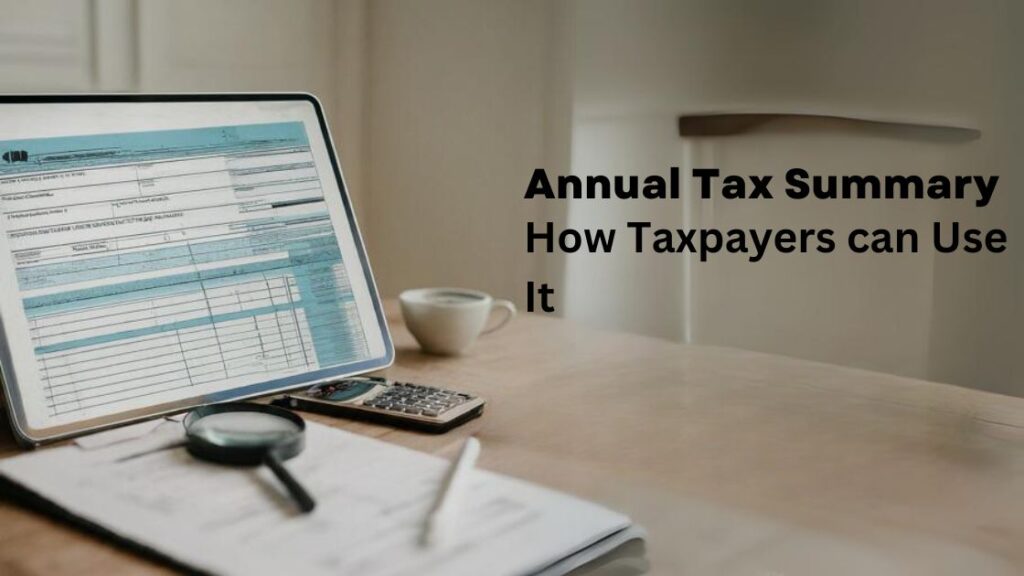Financial modelling is the most basic skill required throughout the entire spectrum of finance which includes personal finance, investment banking and corporate finance, strategic business planning etc. The entire decision-making process depends on the efficiency of financial model. An inefficient financial model can lead to catastrophic consequences. This blog will be restricted to the personal finance management aspect of financial modelling and will cover financial modelling challenges and financial modelling tips to enable you to make accurate and efficient finance model for your business or personal financial management.
Lack of Clear Objectives
Clarity in the objective is most basic and mandatory requirement to create a robust and efficient financial model. Financial models created with unclear objective will not only be tough to analyze but will also lead to ambiguous and confusing insights which would be hard to work on. Financial models should be built with the clear objective whether it is for valuation, budgeting or decision analysis.
Solution
Defining a clear goal for the financial modelling and thinking it through completely to align with the intended goal will make the process of data collection easy. Without the clarity it becomes tough to collect the data required to seek out the aspect of personal finance in which you are lagging behind as per your financial goal. Setting a clear objective will not only help in creating a financial model that will also bring forward the aspect in which you need to create and monitor your financial model.
Inadequate Understanding of aspects of personal finance
Creating a financial simply means drawing insights and charting them for your personal finances and without the understanding of aspects of personal finance it will be challenging to collect and categorize data to draw insights regarding various aspects of your personal finances. Without the knowledge and understanding of various aspects of personal finance like budgeting, saving and expenses the financial model can lack insights regarding various variables which are critical with respect to personal finance management and this lack of insights can severely impact your financial goals.
Solution:
Having a clear understanding of personal finance aspects will not only help in creating a robust and effective financial model but will also help in finding out variables that impact your personal finance. By avoiding this financial modelling mistake the effectiveness of financial model can be greatly enhanced.
Poor Data Quality
This financial modelling mistake can ruin the entire financial model and can give false insights which can lead to actions on the wrong parameters and can sabotage the complete progress towards the financial. No matter how efficient you are in your analysis you will never be able to draw correct information from data with poor quality.
Solution
Financial modelling tip to avoid this modelling blunder would be to keep the data updated, cross validate the crucial data points and use historical data to validate trends that you have observed in the historic data.
Overcomplicating the Model
Simplicity is an important aspect of any financial model. An efficient financial not only provides the insights but is easy to understand for anyone with little or no knowledge about the financial domain. Financial modelling mistake of over complicating model is more common with the people new to financial modelling. A complicated model will not only be prone to mistakes but is also harder to adjust if there is a change in the variables that impact the financial model.
Solution
A simple and elegant way to tackle this financial modelling mistake is to keep the model as lucid as possible by breaking the complicated sections in to smaller modules which can be analysed and understood easily. Documenting the model thoroughly will also reduce the relational complexities in the financial model.
Inconsistent Assumptions
Varying assumptions can lead to contradicting insights which will make the financial model unreliable. It is very important to keep the assumptions constant in various sections and modules of your financial model to maintain the consistency of your financial model.
Solution
Financial modelling mistake of inconsistent assumptions can be avoided by clearly defining and maintain a legend sheet for all the assumptions used in the financial modelling. As assumptions are dynamic and can change at any time depending on external economic factors regular review and adjustments throughout every module is required to keep the model consistent and reliable. Using a single sheet for assumptions for every module of the model will not only keep the model reliable but will also help in establishing relations between variable during visualization.
Ignoring Scenario and Sensitivity Analysis
This financial modelling mistake can take the financial model off track from the financial modelling objective. If you are including scenario analysis in your model your financial model will become impossible to follow and there is no use for a model which can not prescribe the right course of action to attain the financial objective.
Solution
To avoid this financial modelling mistake, it is crucial to include various scenario analysis which is basically analyzing the impact of change in one or more variable on the output of the model. Sensitivity analysis will provide the information regarding sensitivity of various variable in the financial model. It will provide a clear idea about the variable change in which can alter the entire financial model’s results.
Neglecting External Factors
If you are not considering the impact of external factors which are actually the confounding variables in the financial modelling like economic conditions, tax regulation changes and market trends regarding the variable insurance etc. Excluding these external factors can lead to misleading insights which can ruin your progress towards financial goal.
Solution
Including external factors like macro aspect of economics, regulatory updates and forecast regarding sectors like insurance etc will ensure that your financial model is providing relevant insights which are efficient and relevant. Considering the impact of external factors will increase effectiveness of model as the assumptions are updated regarding the financial model.
Financial modelling requires clarity of objective and effective data analysis approach to extract information which is useful in controlling and managing personal finance. Information about these financial modelling mistakes will not only help you in avoiding these mistakes but will also improve the decision-making process of any individual who wants to manage his personal finance and achieve financial goals.


















